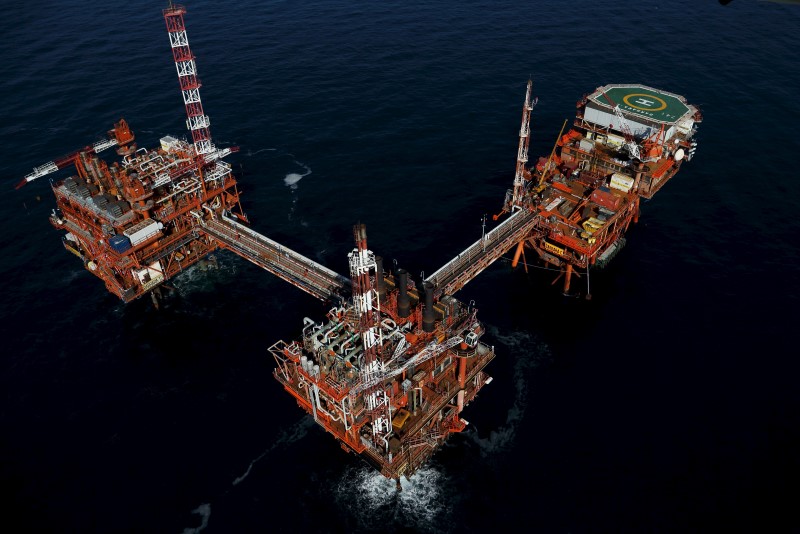Commodities
Crude oil edges higher on bullish IEA report; U.S. PPI weighs


© Reuters.
Investing.com — Crude oil prices rose Friday, helped by upbeat demand forecasts, but gains have been limited by an increase in producer prices in July.
By 09:45 ET (13:45 GMT), the futures traded 0.2% higher at $82.97 a barrel, while the contract climbed 0.2% to $86.53.
Both contracts are on course to register another positive week, with WTI trading on Thursday at its highest this year and Brent hitting its highest since late January.
IEA bullish on crude prices this year
Output cuts from a number of top producers is likely to further tighten supplies in the rest of this year, potentially driving prices even higher, according to the latest from the International Energy Agency Friday.
If production targets by the Organization of Petroleum Exporting Countries and its allies, known as OPEC+, are maintained, oil inventories could draw by 2.2 million barrels per day in the third quarter and 1.2M barrels in the fourth, “with a risk of driving prices still higher,” the Paris-based agency said.
The picture deteriorates next year, with IEA expecting demand growth to slow sharply to 1M barrels a day as a post-pandemic recovery runs out of steam and given the burgeoning use of electric vehicles.
This followed OPEC’s own , released Thursday, which forecast global oil demand to rise by 2.25M barrels per day in 2024, compared with growth of 2.44M barrels this year.
“Given the current production targets of OPEC+ until 2024, these numbers suggest global oil inventories will draw for the remainder of this year and over 2024,” analysts at ING said, in a note.
U.S. inflation continues to rise
However, these bullish forecasts have been tempered by a larger-than-expected rise in U.S. in July, raising the possibility of the Federal Reserve keeping its interest rates at elevated levels for longer than previously expected.
The July PPI figure rose 0.3% last month, while the annual number increased 0.8% after gaining 0.2% in June.
Thursday’s U.S. data for July fuelled speculation that the Fed is nearing the end of its aggressive rate hike cycle, but uncertainty remains as to when the U.S. central bank will actually start cutting interest rates from their 22-year high.
Slowing Chinese growth remains a worry
While prices were set for a seventh straight week of gains, their pace of weekly gains appeared to have slowed substantially.
Concerns over China, the world’s largest oil importer, were also a key pain point for oil markets.
Dismal and data released this week, particularly data showing a slump in China’s oil imports, weighed on market optimism over a demand recovery.
The country is also grappling with a potential debt crisis in its property sector, which is likely to further dent growth if left unchecked this year. New investment curbs by the U.S. on China also hurt sentiment, as markets feared a resurgent trade war.
Commodities
Oil prices rise; U.S. crude inventories plunge, Russia-Ukraine truce eyed
Commodities
India’s Reliance to stop buying Venezuelan oil over US tariffs, sources say
Commodities
Oil prices climb on Venezuela supply worries

 Forex3 years ago
Forex3 years agoForex Today: the dollar is gaining strength amid gloomy sentiment at the start of the Fed’s week

 Forex3 years ago
Forex3 years agoUnbiased review of Pocket Option broker

 Forex3 years ago
Forex3 years agoDollar to pound sterling exchange rate today: Pound plummeted to its lowest since 1985

 Forex3 years ago
Forex3 years agoHow is the Australian dollar doing today?

 Cryptocurrency3 years ago
Cryptocurrency3 years agoWhat happened in the crypto market – current events today

 World3 years ago
World3 years agoWhy are modern video games an art form?

 Commodities3 years ago
Commodities3 years agoCopper continues to fall in price on expectations of lower demand in China

 Economy3 years ago
Economy3 years agoCrude oil tankers double in price due to EU anti-Russian sanctions























